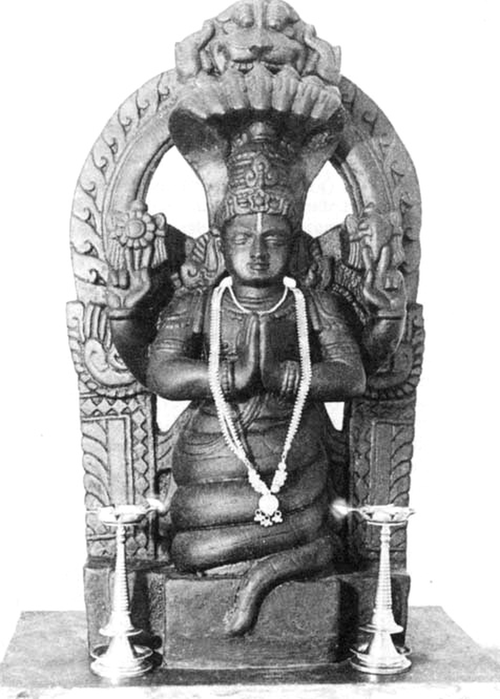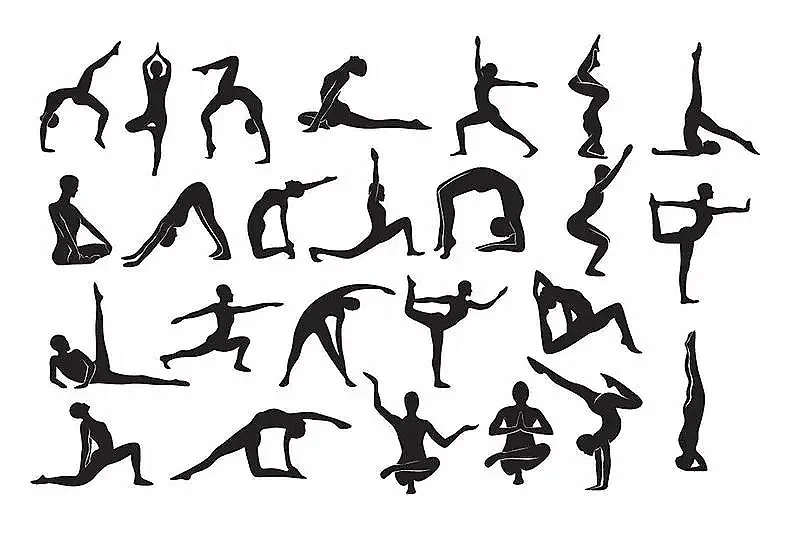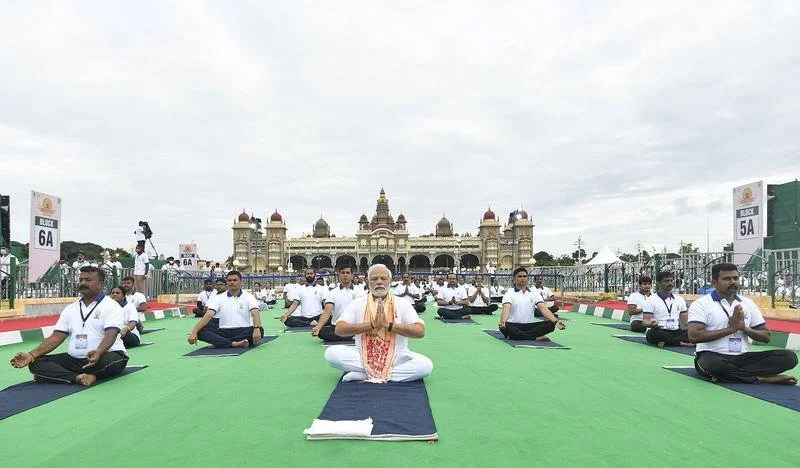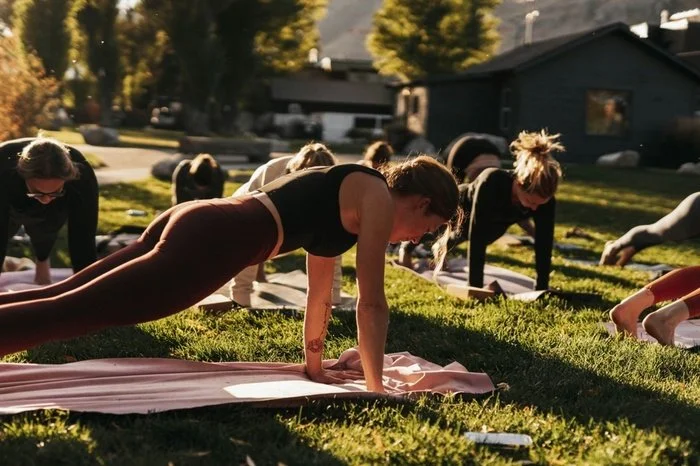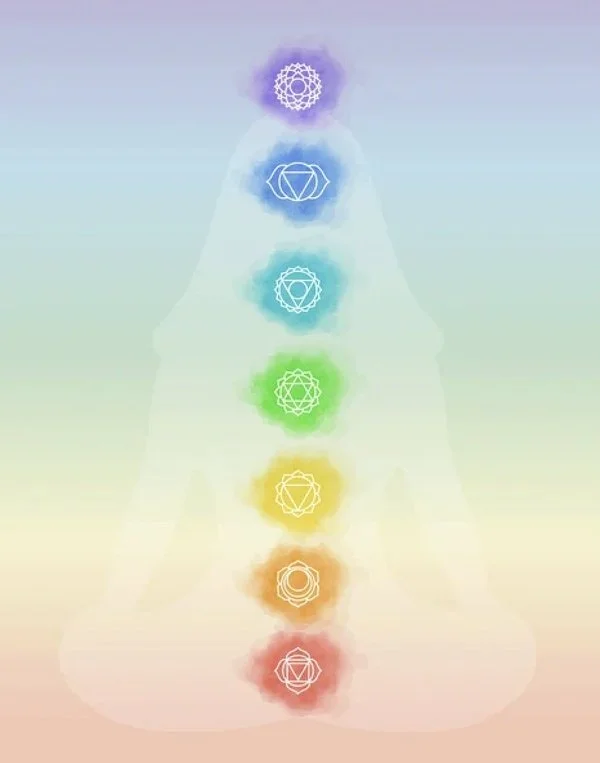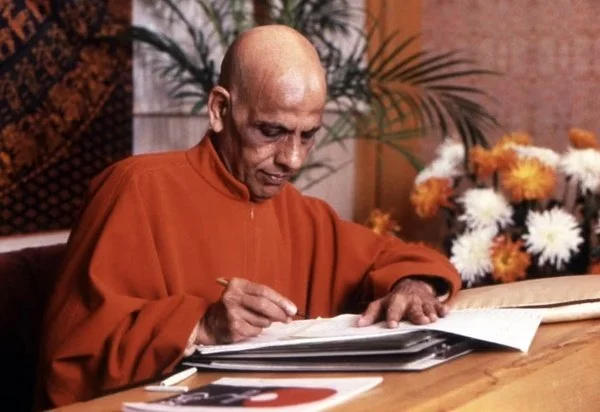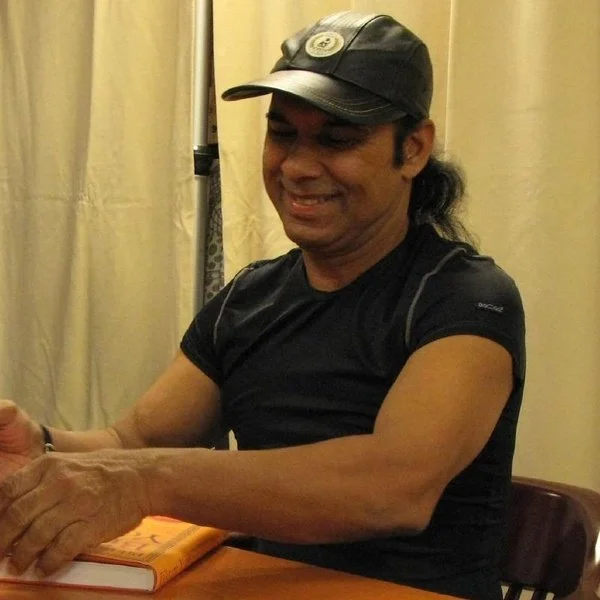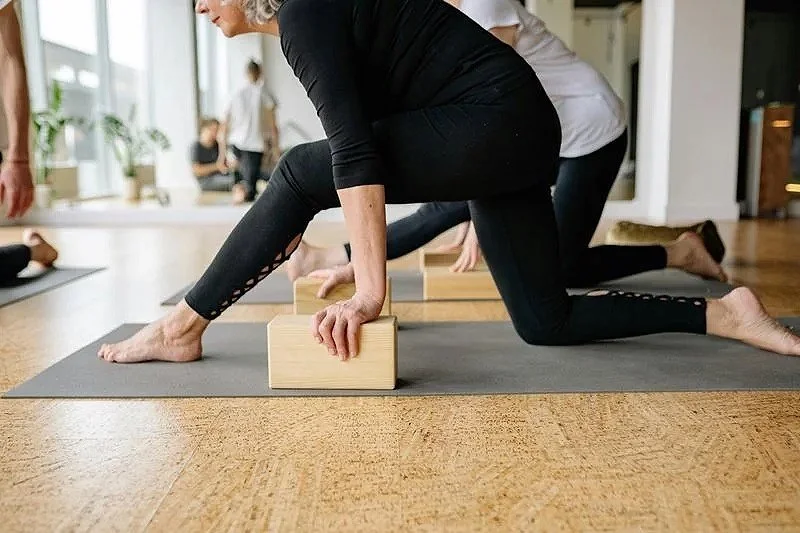Different Types of Yoga: From Hatha to Vinyasa (and Everything In Between)
As yoga continues to surge to mainstream popularity, it’s been reimagined through heated studios, curated outfits, and glossy promises of sculpted abs and flashy poses.
When a friend recently mentioned that she thought yoga was vinyasa, I couldn’t blame her— it’s the version that fills most studios and social feeds. She was genuinely shocked when I told her that vinyasa is actually a modern style from the 1950s and that downward dog isn’t even a traditional yoga pose.
While I love a matching workout set as much as the next gal, yoga’s journey westward has diluted much of its depth from its Indian origins.
Beyond fast-paced, flashy flows are traditions rooted in rich philosophy, calling us back to mindfulness, discipline, and connection.
In an effort to honor yoga’s roots while celebrating its many evolutions, here’s your cheat sheet to the different styles of yoga, from ancient traditions to modern interpretations, and how to find the form that best supports your practice and goals.
Here’s the quick guide to finding your flow. If you want the full rundown, keep reading.
Classical Yoga
(200 BCE – 400 CE)
Classical yoga took shape around 200 BCE, growing out of ancient Indian philosophy and the Vedic texts. It explored the relationship between the true self (atman), the outer world (maya), and the universal consciousness (brahman). Led by sages of Patanjali, this early form of yoga wasn’t about movement at all. It focused on ethics, breath, and meditation. The idea was simple but profound: when you quiet the constant chatter of the mind, the soul can finally detach from the material world and reach kaivalya, a state of liberation.
Sage Patañjali, the author of the Yoga Sūtras, traditionally depicted with a serpent hood symbolizing wisdom and protection.
Post- Classical Yoga
(500 CE – 1800s)
Post-Classical Yoga was an age of expansion and experimentation. Yoga evolved from an inward, meditative discipline into a multidimensional practice that embraced movement, energy and emotion. The two most influential practices of the time, Tantric and Hatha Yoga, broke from the classical view of the body as an obstacle to enlightenment and instead saw it as a pathway toward it.
Tantric
Tantric yoga introduced the radical idea that enlightenment isn’t found by escaping the world, but by engaging with it fully. Where Classical Yoga sought stillness through control and withdrawal, Tantra argued that “the divine is not something you reach by renouncing life, it’s something you can experience in every breath, every sensation, every moment.”
The focus
Tantric yoga is all about balancing energy and connecting with feeling and sensation.
What to expect
A typical class might incorporate grounding meditation, mellow and sensual movement, breathwork and sound or mantra. You’ll explore energy awareness through the chakras, with an emphasis on turning your attention inward.
Best for
While tantric yoga might be more difficult to find at your local studio, it’s worth seeking out if you’re drawn to the meditative or self-discovery side of yoga rather than the physical.
Hatha
Building on Tantra’s foundations, Hatha Yoga brought the practice fully into the body and breath. It’s the form most recognizable as yoga today, grounded in asana (posture), pranayama (breathwork), and dhyana (meditation). At its core, Hatha seeks to balance prana, the inward life force, with apana, the outward flow. When these energies meet, transformation begins.
The focus
The aim of Hatha Yoga is spiritual awakening through embodiment, using movement and breath to cultivate harmony, clarity, and strength from within.
What to expect
A typical class includes steady postures held with mindful breath, gentle transitions, and moments of pause between shapes. The pace is unhurried and grounding, allowing space for breath to guide the experience.
Best for
Anyone looking to go back to the basics, deepen their understanding of alignment, and build a strong foundation.
Hatha is the version of yoga we all instinctively imagine. Think classic shapes, slow & steady breaths.
Modern Yoga
(Late 1800s – 1950s)
Modern yoga emerged as ancient practice met new cultural and political forces. Traditional Hatha techniques merged with contemporary ideas of health, discipline, and anatomy, creating a practice that is at once spiritual and scientific. While still grounded in yoga’s philosophical roots, its purpose expanded to become not only a path to liberation but also a method for cultivating physical vitality, mental clarity, and everyday balance.
Ashtanga
Ashtanga Yoga is rooted in rhythm and repetition. It follows a fixed sequence practiced the same way each time, building strength, focus, and discipline through consistent practice. You might see it listed as “Mysore” on studio schedules, named after the Indian city where the method originated, which refers to a self-paced format guided quietly by a teacher. Central to the practice are bandhas, or subtle body locks that help direct prana, the body’s vital life force, and cultivate inner heat and stability.
The focus
The aim of Ashtanga is to achieve purification through consistent, ritual practice.
What to expect
Classes open with sun salutations before moving through a structured sequence of poses, each paired with a drishti or a steady point of focus for the eyes. Each posture connects through flowing vinyasas and the rhythmic sound of ujjayi breath. The sequence never changes, but your relationship to it evolves with every repetition.
Best for
Those drawn to routine, structure and challenge.
Locals practicing the ashtanga tradition on during International Yoga Day in Mysore, India.
Photo: Mgsuneel, “Mysore yoga” (CC BY-SA 4.0).
Vinyasa
Vinyasa Yoga is all about flow. Evolving from the Ashtanga tradition, it carries the same connection with breath but releases the rigidity of a fixed sequence. With no two classes ever the same, it’s yoga in motion, where each transition becomes just as meaningful as the pose itself. Where Hatha focuses on holding postures and alignment, Vinyasa practices mindfulness in the transitions between them.
The focus
Breath-led movement with a focus on presence through transition.
What to expect
Classes often begin with sun salutations and unfold into fluid sequences. Expect creative transitions, seamless flow, and moments of stillness woven throughout. Some classes are fiery and fast-paced, others slow and steady. You’ll likely flow through plenty of chaturangas, the low plank that strengthens the arms, shoulders, and core.
Best for
Anyone who loves variety, music, and creative movement. Perfect if you crave a practice that feels different every time you step on the mat.
If you walk into almost any studio in the U.S., chances are you’ll see a vinyasa class on the schedule. Even styles labeled “Hatha” or “slow flow” usually borrow pieces of vinyasa. Think chaturangas, sun salutations, and breath-linked sequences.
Iyengar
Iyengar Yoga is all about precision. B.K.S. Iyengar preached that precision in the body leads to clarity in the mind. While Ashtanga and Vinyasa build internal fire through movement, Iyengar builds depth and steadiness through focus. The pace is steady, the instruction accessible, and the focus is on moving with awareness rather than speed.
The focus
Iyengar is about slowing down and tuning in. By paying attention to the details, you start to notice not just how you move, but how you feel in body and mind.
What to expect
Expect to hold each shape for longer periods, using props like blocks, straps, and bolsters to support alignment and deepen awareness. There’s space to explore each posture, and instructors often offer hands-on adjustments.
Best for
Anyone who loves structure, detail, and a deeper understanding of form. Great for beginners or injury recovery.
Kundalini
Kundalini Yoga is often described as the yoga of awareness. Rooted in ancient tantric and Hindi philosophy, it’s built on the belief that each of us carries a reservoir of dormant energy, called kundalini shakti, located at the base of the spine. When awakened through breath, movement, and mantra, this energy rises through the other 6 chakras, expanding consciousness and uniting body, mind, and spirit.
The focus
Kundalini aims to awaken the body’s inner energy and guide it upward through the energetic centers, clearing blockages and deepening connection to self.
What to expect
Classes are built around kriyas or specific sets of postures, breaths, and mantras designed to target different aspects of the body or mind. You might chant, practice repetitive movements, or use breath patterns to build focus and vitality.
Best for
Those drawn to the spiritual and energetic side of yoga. Ideal if you’re curious about mantra and meditation.
Chakras are the path kundalini energy travels, each one opening as the energy rises through the spine.
Kripalu (!!!)
A practice and philosophy close to my heart, I spent a month and a half immersed in Swami Kripalu’s teachings at the Kripalu Center for Yoga & Health in western Massachusetts. Kripalu Yoga is rooted in compassion, self-awareness, and self-observation without judgment. It teaches that the deepest transformation happens when we shift from the mind’s expectations to the body’s wisdom, allowing awareness (chitta) and energy (prana) to move in harmony.
The focus
Kripalu invites you to use physical practice as a mirror for self-discovery. Through mindful movement, conscious breathing, and moments of introspection, you can explore not just how you move, but how you feel and why.
What to expect
Classes start gently and build in intensity, with longer holds that awaken and move prana, the body’s vital energy. Expect guided meditation, breathwork, and moments of reflection throughout.
Best for
Ideal if you’re drawn to the emotional and spiritual aspects of yoga, or if you’re looking for a nurturing, restorative approach that honors where you are each day.
THE Swami Kripalu! Some fun facts about him: as a child he was super into fasting and breathwork, he once observed silence for 12 years (!), he used to haunt my dreams in yoga school every night before a practice test yay.
Contemporary Yoga
(1950s – Present)
What began as a spiritual discipline and later became a tool for health and clarity has now expanded into a practice as varied as the people who study it. In the contemporary age, yoga is diverse and dynamic. Some forms channel heat and discipline; others invite stillness and release. Modern yoga’s philosophy is one of embodied spirituality, a belief that enlightenment can be found not apart from daily life but through it.
Power & Sculpt
Power Yoga and Yoga Sculpt reimagine traditional poses through strength and stamina. With science now backing the importance of building muscle for long-term health, it’s no surprise that these practices have taken off. In a culture obsessed with multitasking and time-saving, people want their workout and their mindfulness in the same hour.
The focus
These practices reflect tapas, the yogic principle of inner heat and disciplined effort. The goal is to build heat, strength, and endurance while staying anchored in breath and awareness.
What to expect
Upbeat music, light weights, and rhythmic, strength-driven flows that keep you moving with purpose.
Best for
Those who find meditation in motion and want a practice that supports both physical vitality and mental focus.
Bikram
Bikram Yoga brings structure, intensity, and heat to the modern yoga scene. Traditional classes follows the same 26 postures and two breathing exercises, practiced in a room heated to around 105°F. The heat boosts circulation, warms the muscles, and supports flexibility while training the mind to stay steady under stress.
The focus
To cultivate discipline, endurance, and focus through structure and heat.
What to expect
It’s sweaty, high-energy, and physically demanding. Expect to leave class feeling both exhausted and clear after a full-body reset that challenges you to stay present through the heat.
Best for
Great for anyone who wants to build strength, focus, and endurance while breaking a serious sweat.
Bikram Choudhury may have made hot yoga a global craze, but his empire basically imploded once the allegations of assault, harassment, and cult-y behavior came to light. Check out the documentary on Netflix if you want the full story…
Yin
Where other modern forms build heat and strength, Yin invites stillness. Trauma-informed and rooted in Chinese medicine and Taoist philosophy, it targets the body’s deeper connective tissues, fascia, ligaments, and joints, where tension and emotion often settle. Yin activates the parasympathetic nervous system to calm the body and regulate stress.
The focus
Yin uses stillness to release physical tension and emotional holding.
What to expect
Long, passive holds supported by props like blocks, bolsters, or blankets. The practice is quiet and grounding, with gentle cues that encourage softness and introspection.
Best for
Those craving stillness, recovery, and deep release.
Just because yin is slow, doesn’t mean it’s passive! It’s actually all about feeling deep sensation in the body and seeing what comes up when you challenge yourself to stay in it.
Restorative
Rooted in the philosophy that rest itself is a form of healing, restorative teaches that softening can be just as powerful as effort. While Yin works into connective tissues through gentle stress and stillness, Restorative focuses on complete support and release.
The focus
To regulate the nervous system, quiet the mind, and replenish energy through stillness and support.
What to expect
Fully supported poses held for extended periods, gentle breathwork, body scans and guided relaxation.
Best for
Those seeking recovery, stress relief, or emotional grounding. Ideal for balancing active practices or unwinding from the pace of daily life.


